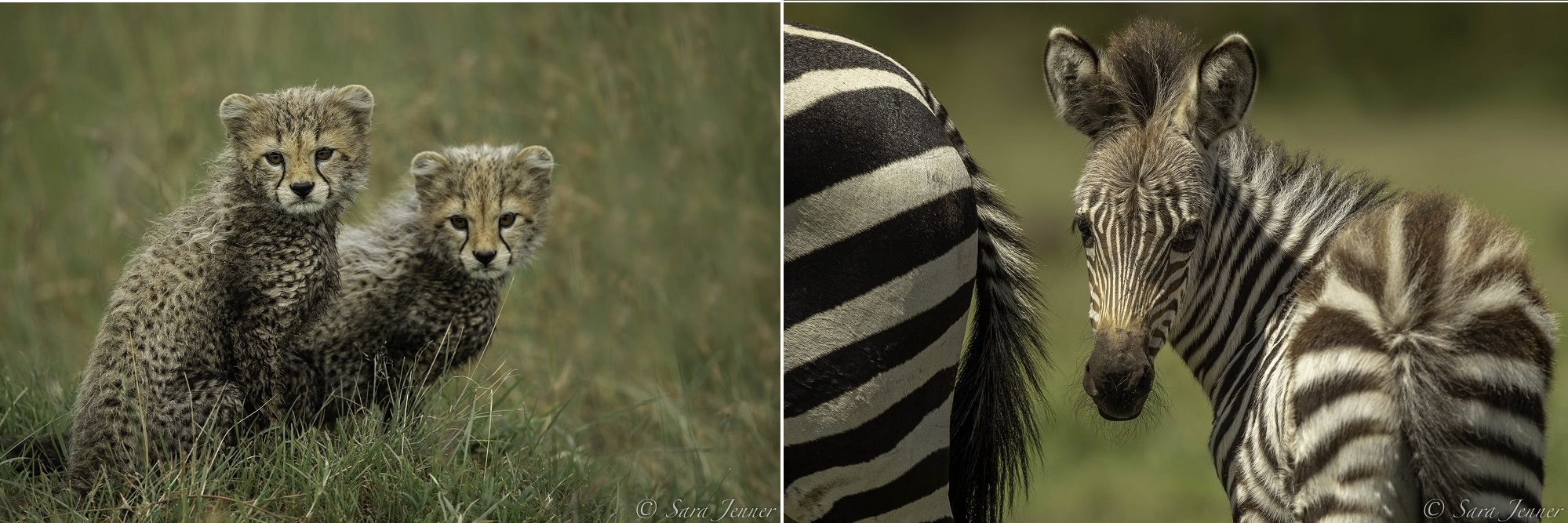Our Managing Director, Dr Mohanjeet Brar, features in the Oct-Nov 2021 edition of “Msafiri” – the Kenya Airways’ inflight magazine – where he explains the role we took in setting up conservancies on community land in Kenya, first in Selenkay and then Ol Kinyei. These conservancies were the first of their kind in Kenya and this began an exciting new model of ecotourism with people and conservation at its centre.
Read the article here: Msafiri Magazine article …
Three decades ago we were among the first to recognise the importance of securing wildlife habitat on community lands in order to provide space where wild animals could survive beyond the gazetted parks and reserves. We realised that small scale low-impact tourism could be used to provide the funds to pay for leasing the land for conservancies.

Images from our conservancies by guest Sara Jenner
While there were a number of conservancies and sanctuaries already on private ranches in regions such as Laikipia, this had not been done in the same way on community lands and we developed a new conservation model that leased parcels of land from local communities to set up wildlife conservancies which provided income for the local people from land rents and employment opportunities for their families while creating areas of protected habitat to conserve the wildlife.
So, Selenkay became the first such conservancy in Kenya, and the difference with our model was:
- We recognised the importance of using tourism to secure wildlife habitat on community lands outside the gazetted reserves by leasing tracts of land from communities to be set aside as conservancies for wildlife, without human habitation, which nobody else had done.
- We ensured maximum space for wildlife by having a formula of 700 acres to be leased as wildlife habitat for every tent in a camp. This had not been done before and our formula of 700 acres per tent is now accepted as a basic requirement for ecotourism in community areas. We also prevented high-density mass tourism with this limit of 1 tent per 700 acres and by having a maximum of 12 tents per camp and no more than 1 safari vehicle per 1500 acres.
- We generated an income for the communities by paying monthly rents to lease the land by acre and by giving priority for employment to their family members.
A few years later, we applied the same formula to land in the Maasai Mara’s Ol Kinyei community, and Ol Kinyei Conservancy was formed, followed by Olare Orok (now part of Olare Motorogi Conservancy).
Our conservancies now sustain a broad range of wildlife, including large populations of elephants and the big cats, and guests to our Porini Safari Camps benefit from day and night game drives and guided walks in these exclusive areas, away from the crowds.

Images from our conservancies by guest Sara Jenner
Find Out More:
For more information about how and why our wildlife conservancies were developed please see:
The Conservancy Concept
See more details about the camps set in our conservancies: Porini Safari Camps …

